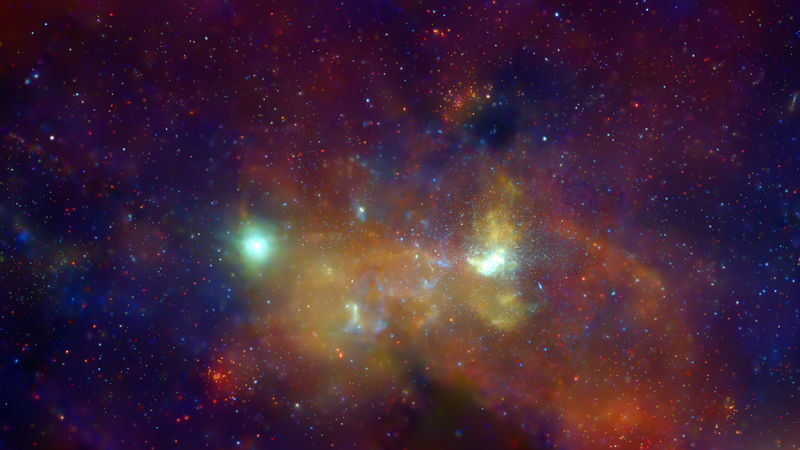
One of NASA’s flagship telescopes, the Chandra X-Ray Observatory, went into safe mode last week following gyroscope problems. That telescope is now back up and running.
The Chandra X-Ray Observatory collects x-rays from high-energy sources in outer space, producing incredible images of supernovae, nebulae, pulsars, and other astrophysical oddities. The telescope entered safe mode last Wednesday due to a glitch in a gyroscope, the same component that has kept the Hubble Space Telescope out of work for over a week.
Chandra’s scientists are confident after the fix, according to Belinda Wilkes, Chandra’s director and senior astrophysicist at the Harvard Smithsonian Center for Astrophysics. “We’re expecting Chandra to go for another five to 10 more years,” she told Gizmodo.
Last Wednesday at 9:55 a.m. EDT, Chandra entered safe mode by adjusting its solar panels and mirrors’ positions and switching its critical hardware to backups. After analysis, its operators learned that a gyroscope had glitched, leading to bad data collection and an incorrect calculation of the telescope’s momentum. The momentum miscalculation is what triggered the safe mode, according to a Chandra press release.
The operators are taking the gyroscope out of commission and switching to a backup. The telescope is now in its normal operating mode and will return to gathering data this week following a software patch.
X-rays are still an important kind of light for understanding our universe. These are the light wavelengths that come from some of the strangest objects in space, like the area around black holes, neutron stars, supernovae remnants, and clusters of galaxies. Chandra’s spatial resolution allows it to look at these objects in fine detail.
“You can only get a full picture of celestial sources by looking at all wavebands,” said Wilkes. “The x-rays are from the hottest and most violent places in the universe,” like the instant after a supernova, the explosive collapse of a massive star.
Chandra is 19 years old, well beyond its initial projected five-year lifespan. Like Hubble, it detects rotation and keeps itself still using gyroscopes. Also like Hubble, those gyroscopes feature mechanical components that can fail. But unlike Hubble, whose scientific successor should launch in 2021, there is not an x-ray telescope under construction that would match or beat Chandra’s resolution. One proposal, Lynx, hinges on the 2020 National Academy of Science’s Decadal Survey, where astronomers come together once per decade as a community and decide on the biggest priority for the future of the field. The academy will recommend one or a combination of four concept studies to be built for a launch some time in the 2030s or 2040s.
Hubble, meanwhile, is not yet back online after its own gyroscope problems last weekend. Scientists attempted to bring a backup gyroscope online after an older one failed, but the backup wasn’t operating properly. A board is currently addressing the problem and proposing solutions, according to a NASA release. If they can get the gyro working once again, the telescope will continue normal operations. Otherwise, astronomers will operate Hubble with fewer gyroscopes—a strategy that will extend its lifespan but slightly limit where the telescope can point.
Chandra’s fix once again shows the incredible resiliency of these telescopes—but also illustrates that it’s time to launch some new ones.